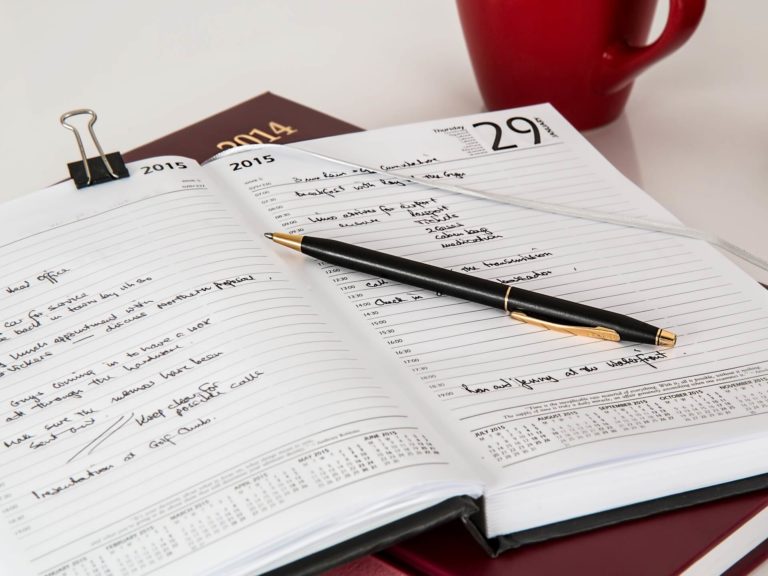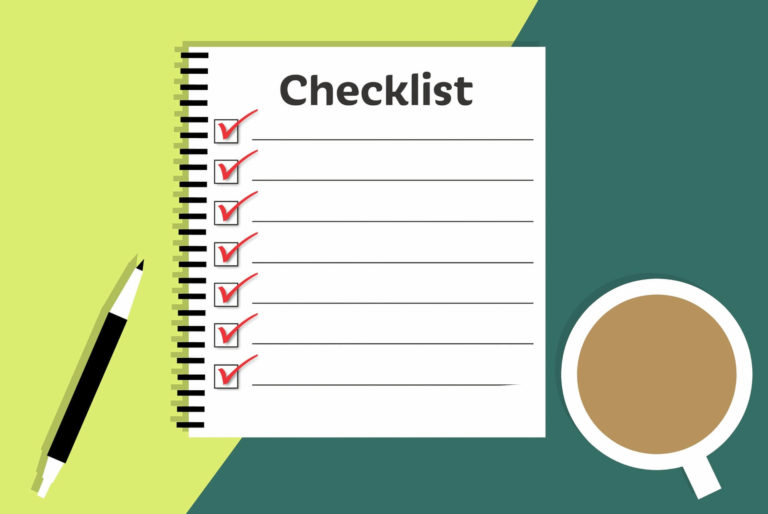Blog:
In other words
15 tips to proofread your own writing—Part 1
Are you looking for ways to proofread your own writing but aren’t sure where to start?
Would you like to ensure consistency in your document but don’t know how to go about it?
Do you plan on saving money when hiring an editor or proofreader to check your work?
If your answer is “Yes” to any of the above questions, then this article is for you.
In this 3-part series, I’m sharing 15 tips to proofread your own writing. Using these tips will not only improve the quality of your final product but will also save you money when you hire a professional editor or proofreader to check your work—especially if they charge by the hour.
The more errors you can weed out, the fewer remain for the proofreader to find.
In this article, you’ll also learn about the handy tools you can apply in your writing process that will improve your future writing and make you become a more skilled and effective writer.
For a quick overview, here are my top 15 tips to proofread your own writing:
1. Plan ahead.
2. Don’t rely on spellcheckers alone.
3. Use a style sheet.
4. Focus on one aspect at a time.
5. Take breaks.
6. Check punctuation.
7. Check how you display numbers.
8. Check references and quotes.
9. Check figures and tables.
10. Know thyself … and thy common mistakes!
11. Read your text out loud.
12. Read your text backward.
13. Change displays, layouts, and fonts.
14. Proofread on a hard copy.
15. Learn about new writing conventions.
Want to know how you can implement these proofreading tips in your writing?
Read on to find out
Tip #1: Plan ahead
We’ve probably all had this problem before (some of us more often than others):
You ran out of time before a deadline and had to rush to get your work done. You added sections to the text at the last minute, and in the end, only enough time remained for a cursory proofreading effort.
But—and I can’t stress this enough—don’t wait until a day or two before your deadline to proofread your work!
Proofreading takes a lot longer than most people think. It requires reading the text slowly and carefully with a well-rested and focused mind.
When you plan your writing project, allow enough time at the end to review your work.
There are many aspects to consider when proofreading your writing (perhaps more than you expect), so don’t underestimate the time this phase takes.
The longer and more complex the document, the more time you should schedule for self-editing and proofreading.
Make sure to set aside time for breaks, too (see also Tip #5)!

The same applies to professional services: Editors and proofreaders are busy and often book up weeks in advance. Contact them well ahead of your deadline to have the best chance of getting the editor you want.
If you wait too long, you will have to hire the only editor who is willing and able to do a rush job.
They may not be the best fit for you or your text, so don’t let that person become your only option.
PRO TIP: Start reviewing your text well in advance. If you want a professional to check your work, inquire about their availability while you are still in the writing phase. Many editors and proofreaders are booked up several weeks ahead, so there is no guarantee they can take on your project at short notice.
Tip #2: Don’t rely on spelling and grammar checkers alone
Spellcheckers, like Microsoft Word’s integrated one, are pretty good at picking up common spelling and grammar mistakes. They have saved me many times from an embarrassing error.
But you might have noticed that spellcheckers aren’t foolproof.
For example, Word sees nothing wrong with the following sentence:
“Let me buy you a pear of pants.”
The sentence makes no sense, right?
The problem is that pear (the fruit) sounds exactly the same as pair (two parts or pieces joined together). Of course, it was pair that the author intended to write.
There are many examples of homophones (different words sounding the same) that spellcheckers don’t pick up on because the words exist, just not in that context.
That is why it’s crucial that you always proofread your writing, even when the spellchecker claims there are no errors in your work.
Microsoft Word’s spellchecker also fails to detect ambiguity in a sentence:
“The woman decided that suing her husband was the best way to get herself out of her predicament.”
Maybe the writer meant to say that the woman decided to use her husband rather than sue him? Both using and suing exist, so there is no spelling error in the sentence.
But Microsoft Word doesn’t understand context and doesn’t pick up on ambiguities.
A keen human proofreader does.
Here are some more great examples where a missing/wrong letter or character changes the meaning of a word:
- public vs pubic
- everyday vs every day
- mature vs manure
- decision vs derision
- empathize vs emphasize
- form vs from
- …
You get the idea.
One typo can not only change the meaning of a word but also be quite embarrassing.
Imagine the following typo appeared in the brochure or on the website of a municipality’s public health department:
“Our mission is to improve pubic health.” Oops.

Our eyes tend to auto-correct while we read, which is why it is easy to skip over words where a letter is missing or two letters are swapped (see also my article Why do you need a professional proofreader?).
Spellcheckers will catch those errors, but not always. This is why you shouldn’t trust that your text is error-free even when the spellchecker doesn’t mark anything as wrong.
When you proofread your writing, always read your text very slowly and deliberately, letter by letter and word for word, regardless what your spellchecker finds.
PRO TIP: Review your work carefully and critically assess Word’s suggested changes. When in doubt about the spelling or meaning of a word, look it up or check with a professional editor or proofreader.
Tip #3: Use a style sheet
Every writer makes style decisions in their text, both consciously and unconsciously.
Any text you’ve written before—whether that’s a blog article, a short story, a letter, or an essay—contains style decisions.
For example, take your latest piece of writing and check the following:
- Do you use British or U.S. English in your text? If you write in British English, do you use “-ize” or “-ise” endings for words like “organize/organise” and “emphasize/emphasise”? (Yes, either spelling is acceptable in British English.)
- How do you style your titles and chapter headings? Do you use maximum capitalization or sentence case?
- How do you style your figures and tables? Do you write “Figure”, or do you abbreviate it to “Fig.”?
- If you use references, which referencing style do you use? For example, APA Style, Chicago Manual of Style, Vancouver style, or IEEE style?
- Do you use serial commas or not?
- …
These are only a handful of the many style decisions you make in your text. Keep track of those choices, especially when you have a long or complex document, such as a thesis, dissertation, or novel.
Whichever style you choose, make sure it’s applied consistently throughout your text.
Why?
Because the reader will be distracted by inconsistencies, which you don’t want to happen. Your goal is for your audience to be immersed in your text and content, not drawn away from the writing because of style or formatting discrepancies.
Read my article on style guides to learn more.
PRO TIP: Create a style sheet to keep track of the style decisions in your text. Here’s is an example of what it might look like. If you don’t want to create one, ask your proofreader or editor whether they include them in their handover documents.
Tip #4: Focus on one aspect at a time
You’ve seen Tip #2, which is carefully checking your document for typos and grammar mistakes (beyond your spellchecker’s suggestions). However, there is much more to proofreading than correcting literal errors.
Before you review your final draft, create a checklist, then methodically work your way through the different aspects of proofreading. (One way you can achieve this is by using a style sheet, as mentioned in Tip #3.)
When you plan your review, set time aside for several passes and focus on one aspect at a time.
Proofreading your writing effectively will take longer than you might expect, but don’t try to multitask.
This is important because trying to do too many things at a time will undoubtedly make you miss something.

Here’s an example of how you could proceed:
- Start with reviewing the overall structure and flow (the big picture): Is the writing coherent? Do your arguments flow well and build on each other? Are your sentences logical?
- Are your headings, subheadings, and captions consistent, and do they follow a logical hierarchy? For example, if you have a section 2.1, is there also a section 2.2?
- Are all tables and figures referenced correctly in the main text? For example, if you describe Table 3 as an overview of the analyzed dataset, does the table actually show that?
- Are all references cited correctly? Is the bibliography complete and correctly formatted?
- …
- …
- Finally, check your document for typos and grammar. It is best to leave this step for last to catch any errors you might have introduced during your revision (such as “Talbe 3” instead of “Table 3”).
This approach may be time-consuming, but you are much less likely to miss errors and inconsistencies.
Again, the key is to set aside enough time for the proofreading phase, which goes beyond checking your text for typos and grammar.
PRO TIP: Create a checklist of the different aspects of your text to review. Work methodically and focus only on one at a time.
Tip #5: Take breaks
Give yourself a break (and perhaps a small reward) between passes. Your mind can focus much better on the next task if it is rested.
Taking breaks also improves your productivity, which means that you will be much more effective and efficient when proofreading your own writing.
Ideally, you will have scheduled breaks in your project planning phase already.
For example, if you have a 10,000-word paper, plan to have your final draft ready one week before your deadline. This should give you sufficient time to go through your checklist (Tip #4) and take breaks in between.
If you don’t have the luxury of a few days for your final checks, then give yourself small respites throughout the day, such as:
- Going for a short walk
- Having a coffee or tea break
- Meeting a friend
- Doing chores around your home
- Working on a different project for a while
These activities will give your mind time to reset and approach the next task refreshed and alert. You’ll be much more likely to pick up on errors and inconsistencies this way.
PRO TIP: Schedule longer breaks for the proofreading phase right at the beginning when you plan your project. As your deadline approaches, take shorter breaks—somewhere between a few minutes to a few hours—to mentally distance yourself from your writing.
Want to find out about my next tips to proofread your writing?
Check out Part 2 of this series for Tips #6–10!

Christina Stinn is a professional translator, proofreader, and editor with a background in ecological research and experience in publishing peer-reviewed articles in academic journals. She is a Professional Member of the Chartered Institute of Editing and Proofreading (CIEP) and has a M.Sc. degree in International Nature Conservation. So far her work has included fiction and non-fiction books, academic journal articles, and marketing materials in English and German. She loves working with clients who strive to bring their writing to the next level and enjoys taking part in their journey. Find out more
YOU MIGHT ALSO LIKE:



